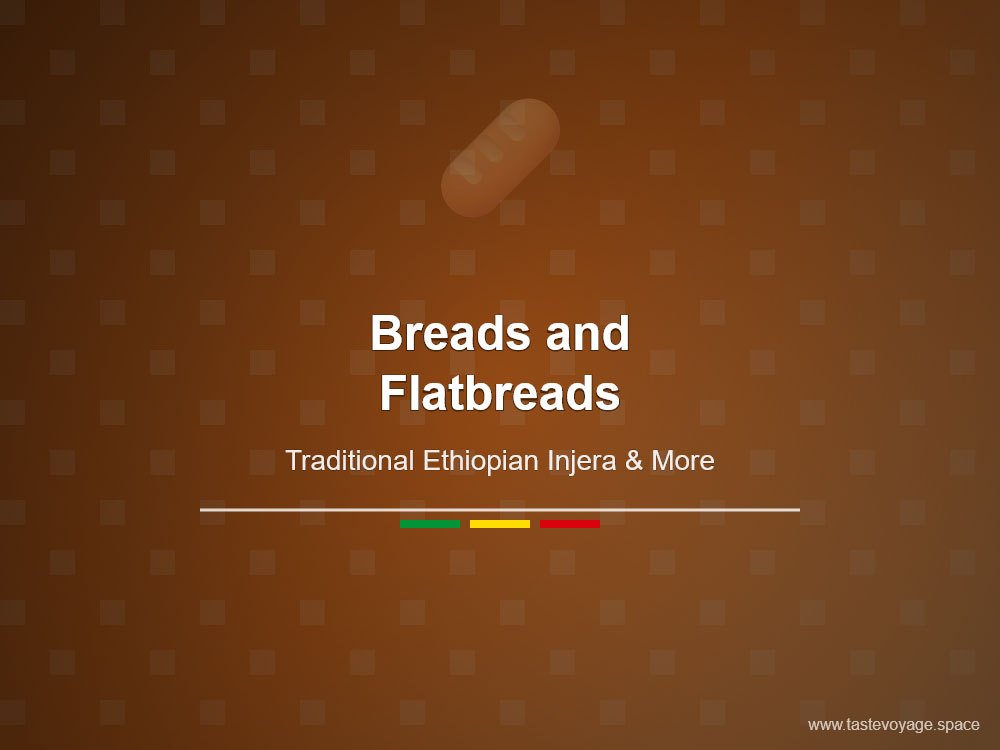Ethiopian Bread Recipe for Special Occasions: Easy Homemade Guide
Travel the World Through Food >> Breads and Flatbreads>>Ethiopian Cuisine>> Ethiopian Bread Recipe for Special Occasions: Easy Homemade Guide
Ethiopian Bread Recipe for Special Occasions: Easy Homemade Guide
How to Make Ethiopian Bread for Special Occasions: Celebrating a Rich Culinary Heritage
Ethiopian bread, known locally as injera, holds a special place in the heart of Ethiopian Cuisine and culture. It is much more than just a staple food; it is a symbol of community, tradition, and hospitality. When prepared for special occasions, injera transforms into a celebration of heritage, bringing families and friends together around a shared meal. Understanding its cultural and culinary significance offers a deep appreciation for this unique bread.
The Cultural Significance of Injera in Ethiopian Life
Injera is woven into the social fabric of Ethiopia. It is customary to serve injera during religious festivals, weddings, and community gatherings. Its round shape and spongy texture symbolize unity and harmony, reflecting the communal spirit that characterizes Ethiopian society. Sharing injera signifies welcome and friendship, making it an essential part of social interactions.
Ethiopian rituals and traditions often revolve around the preparation and sharing of injera. It is customary for families to prepare this bread collectively, passing down techniques and stories from generation to generation. This communal approach underscores the deep respect for traditions and the importance of maintaining cultural continuity through food.
Culinary Significance and Unique Characteristics
Injera’s distinctive flavor and texture stem from its fermentation process. Made primarily from teff flour, this bread boasts a tangy taste that enhances the flavors of accompanying dishes. Its porous, sponge-like structure allows it to serve as both a plate and utensil, enabling diners to scoop up Stews and salads with ease.
The process of making injera involves patience and skill. The fermentation imparts a slightly sour note that balances the richness of various stews and spicy condiments. This harmony of flavors is central to Ethiopian cuisine, where injera acts as the foundation for flavorful, colorful dishes such as doro wat and tibs.
Celebrating Special Occasions with Injera
On festive days, injera takes on an even greater role. It becomes a symbol of abundance and blessings. The preparation often involves larger quantities, with attention to detail and presentation. The bread may be decorated or served alongside a variety of traditional dishes, creating a vibrant tapestry of tastes and textures.
During these celebrations, injera is not just food—it is a cultural experience. It invites participation, encourages sharing, and reinforces bonds within the community. Its presence on the table elevates any special occasion, turning a meal into a meaningful event rooted in Ethiopian heritage.
Embracing the Tradition
For those eager to appreciate Ethiopian culture through food, exploring the significance of injera offers a rewarding experience. It reminds us that cuisine is a powerful way to connect with history, tradition, and community. Whether enjoyed during a festive gathering or as a daily staple, injera exemplifies the richness of Ethiopian culinary artistry.
In conclusion, making and sharing injera for special occasions celebrates more than just a dish; it honors a vibrant cultural legacy. Its unique qualities and profound symbolism make it a cherished element of Ethiopian life, inviting everyone to partake in its rich heritage.
